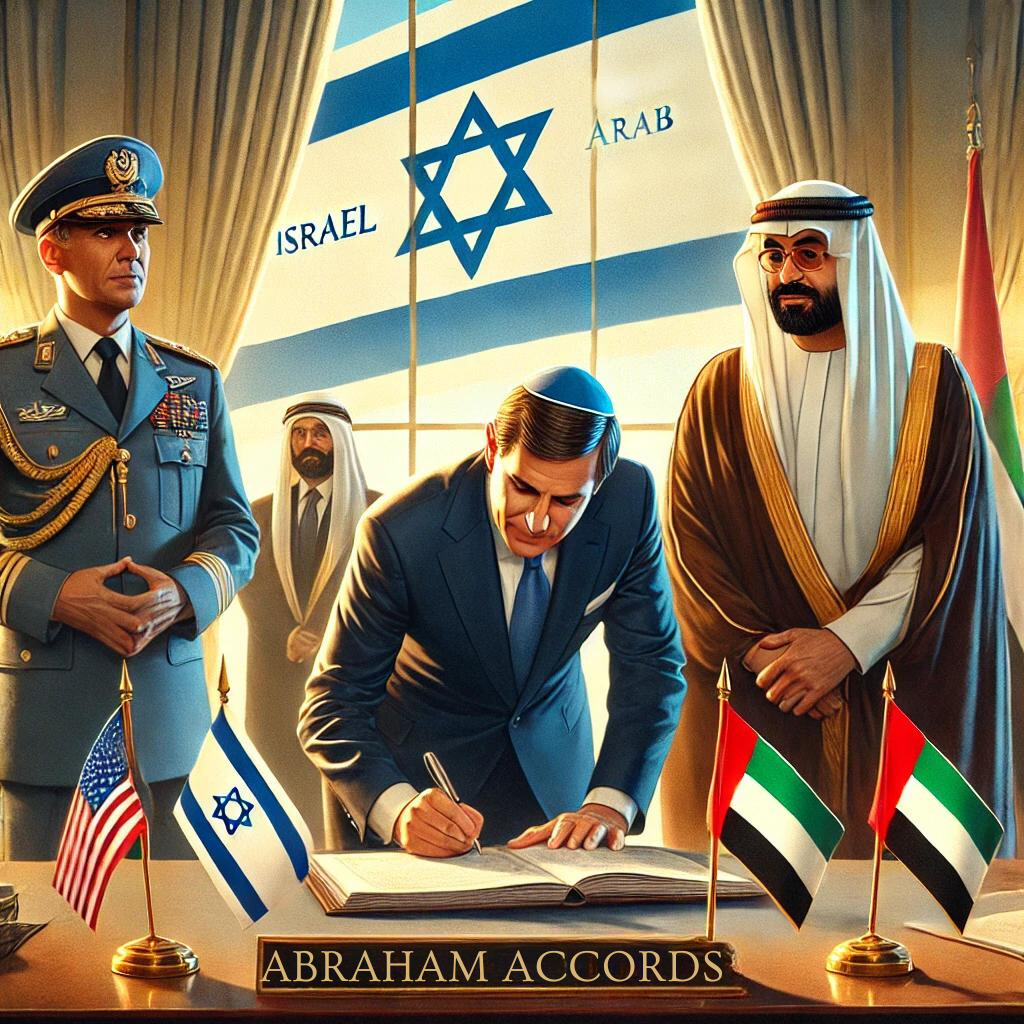Monarchy is a form of government where a single person rules as the head of state. The types of monarchy include absolute and constitutional monarchy. These types of monarchy differ in their level of power, governance, and the relationship between the ruler and the people.
- Absolute monarchy concentrates power in the hands of a single ruler.
- Constitutional monarchy limits the ruler’s power by law.
- Both forms have historical significance and continue to exist today.
In an absolute monarchy, the monarch holds supreme authority. In contrast, a constitutional monarchy shares power between the monarch and a governing body, often parliament. These distinctions define how a nation is ruled and how laws are made and enforced.

Absolute Monarchy
An absolute monarchy is a government where the monarch has complete control. The ruler’s decisions are not restricted by laws or a constitution. This type of monarchy was common in ancient times. The monarch’s power is usually inherited and passed down through generations.
In an absolute monarchy, the ruler makes all decisions, including laws, taxes, and foreign policy. The monarch’s authority is often justified by divine right, a belief that the ruler is chosen by a higher power. There is little or no input from the people. The system can lead to a lack of freedom and oppression.
Historically, examples of absolute monarchies include France under King Louis XIV and Russia under Peter the Great. These rulers had total control over their countries, with no checks on their power.
Constitutional Monarchy
A constitutional monarchy is a type of monarchy where the monarch’s power is limited by a constitution or laws. The monarch shares power with a parliament or another governing body. This system allows for a balance of power between the ruler and the people.
In a constitutional monarchy, the monarch is often a ceremonial figurehead. The real power lies with elected officials who govern according to the law. The monarch’s role is mainly symbolic, representing the unity and continuity of the state.
Countries like the United Kingdom, Sweden, and Japan are examples of constitutional monarchies. In these nations, the monarch has little to no political power. The government is run by elected officials who make decisions on behalf of the people.

Comparison Between Absolute and Constitutional Monarchy
The types of monarchy highlight the differences in governance. In an absolute monarchy, the ruler has unlimited power, while in a constitutional monarchy, the ruler’s power is restricted by law.
- Absolute monarchy often leads to centralized control.
- Constitutional monarchy promotes democracy and shared governance.
- Both systems have their strengths and weaknesses.
While absolute monarchy can be efficient, it can also lead to tyranny. Constitutional monarchy, on the other hand, provides checks and balances but can be slow to make decisions.
Conclusion
In conclusion, the types of monarchy offer different approaches to governance. Absolute monarchy centralizes power in one individual, while constitutional monarchy distributes power among various branches of government. Understanding these systems helps us appreciate the diversity of governance around the world.
| Types of Monarchy UPSC Notes |
| 1. Monarchy is a government system with a single ruler. Absolute and constitutional monarchies differ in power distribution and governance structure. 2. Absolute monarchy concentrates all power in the monarch, with decisions made without legal or constitutional limitations, often justified by divine right. 3. Constitutional monarchy limits the monarch’s power, sharing authority with a governing body like a parliament, ensuring checks and balances within the government. 4. Historical examples of absolute monarchy include France under Louis XIV, where the monarch had total control, often leading to centralized power and oppression. 5. In a constitutional monarchy, the monarch’s role is symbolic, with real political power held by elected officials, promoting democracy and shared governance. |


